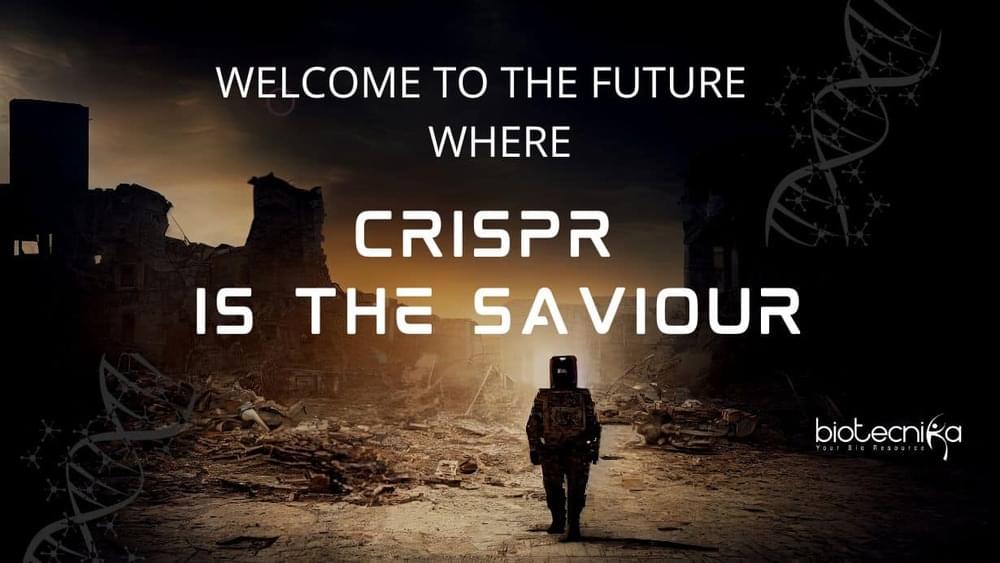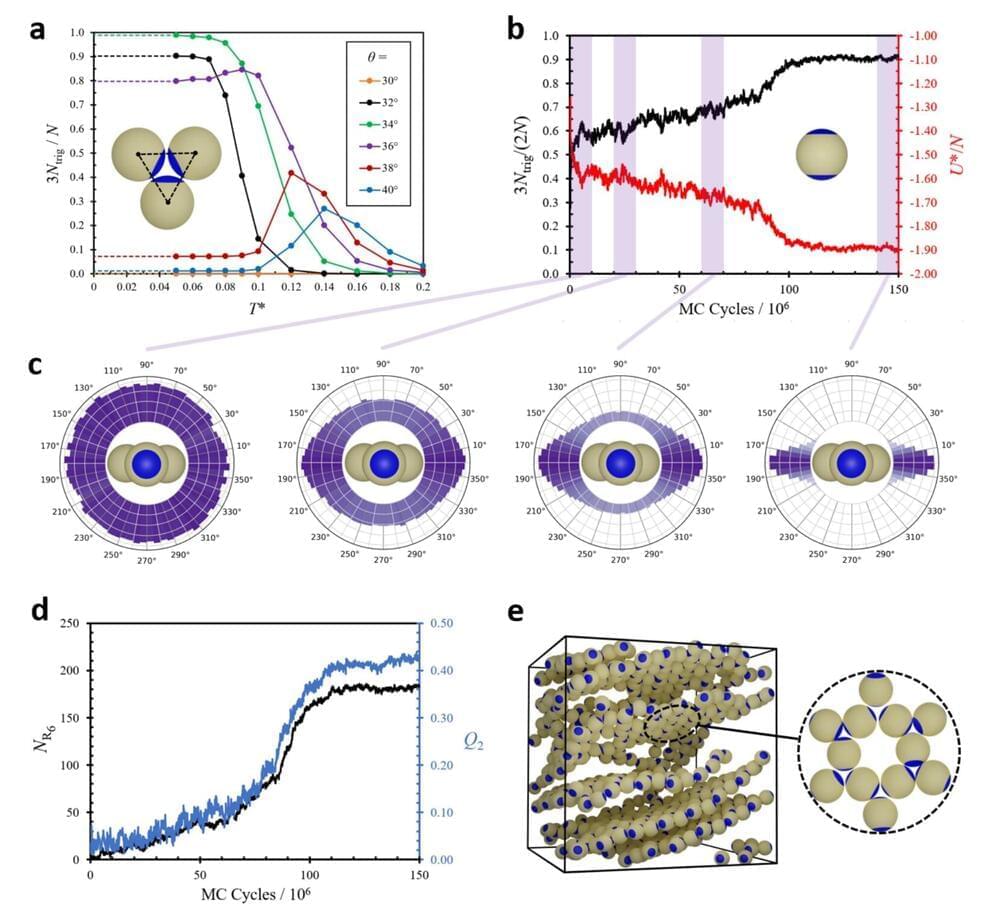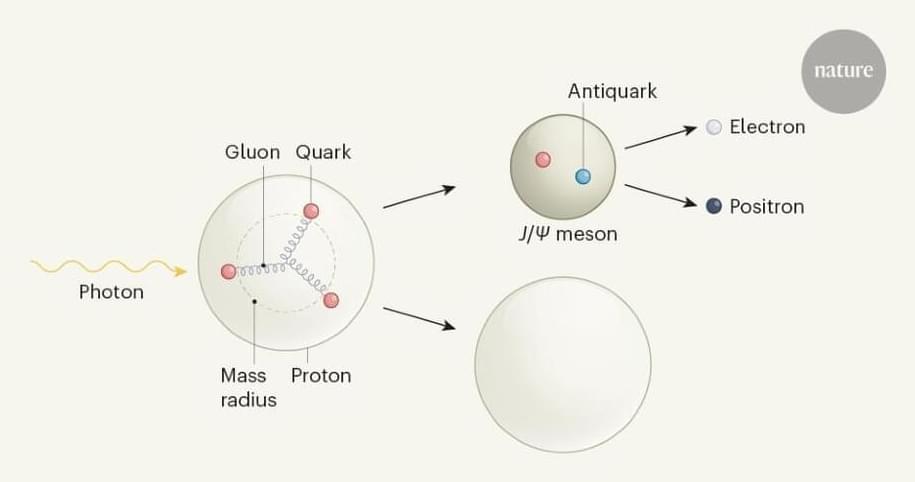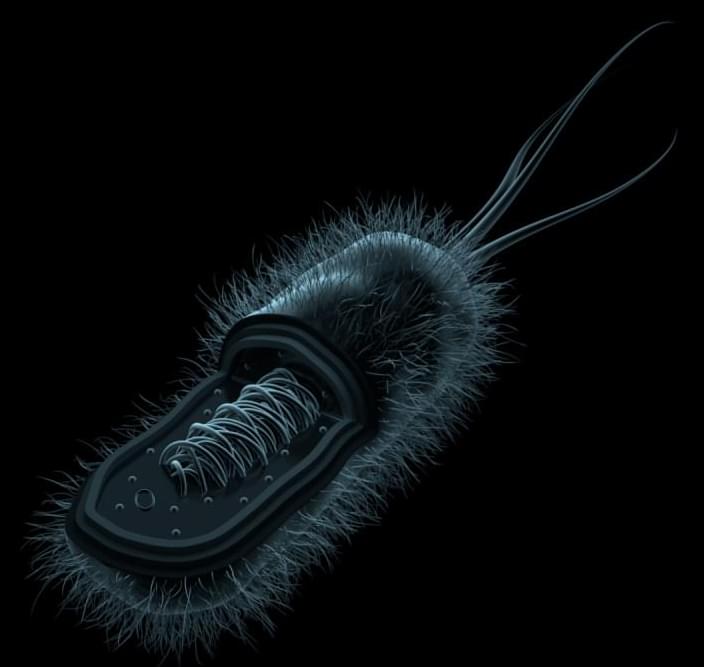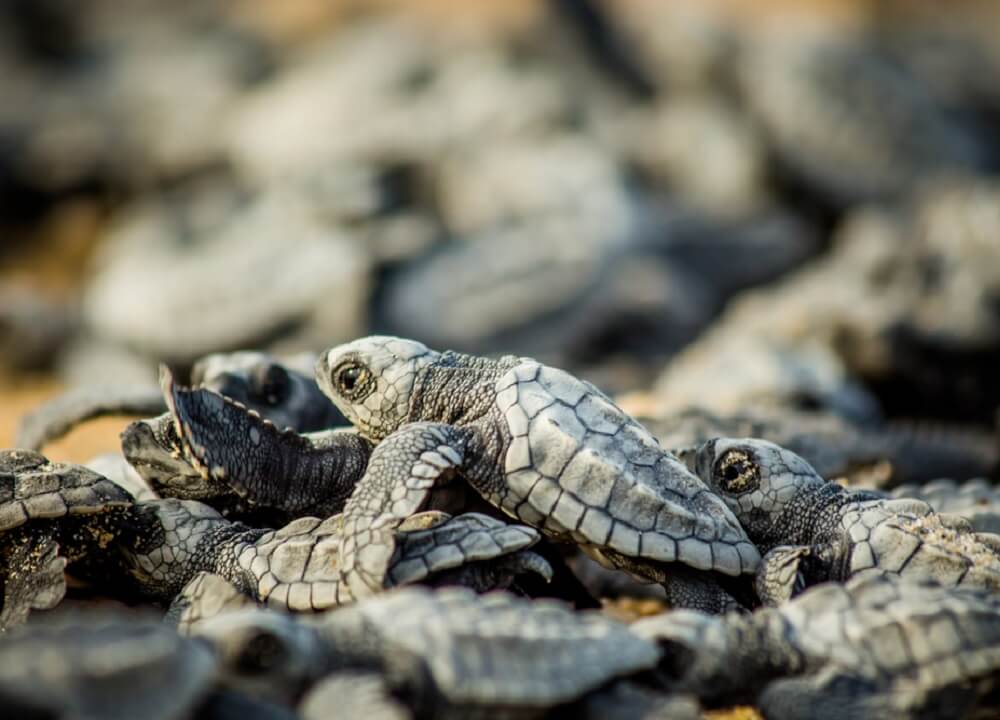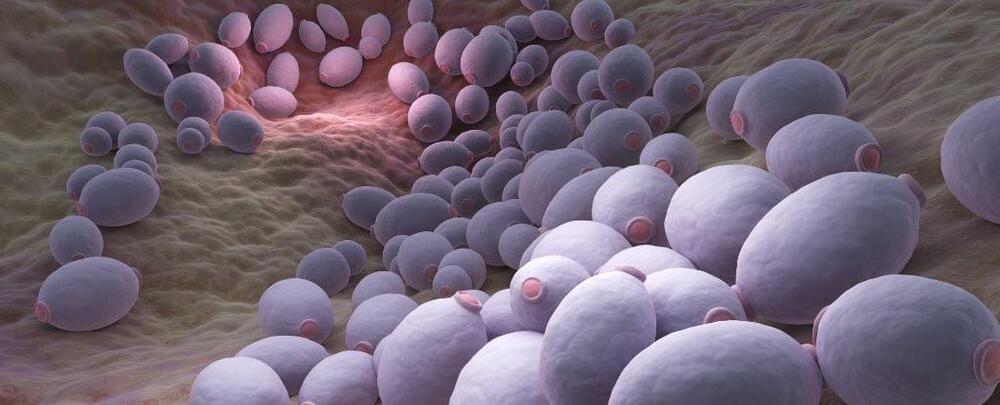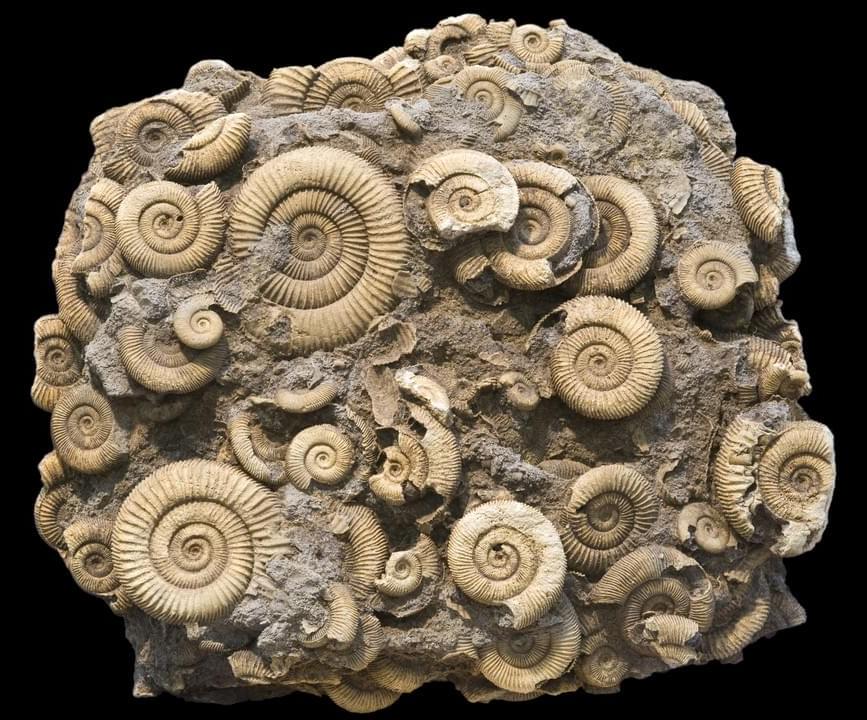
To be honest, the chances of anything becoming a fossil are slim. The fact that we have fossils at all speaks to the sheer numbers of individuals and species that have existed through time. With their countless billions, it would only take a tiny fraction of them to fossilize and to leave us with a substantial record in the rocks.
But let’s consider those that do make it. What factors do they have in their favor? How do you maximize your chance of becoming a fossil? As a real estate agent would say: location, location, location. Just as being in the right place might maximize your chances of making a killing on the housing market, so being in the right place increases your chance of becoming a fossil.
To form a fossil, you need to get your body buried as quickly as possible, out of the way of the scavengers and preferably sealed from oxygen, or in at least reduced oxygen conditions. This just isn’t going to happen on an open plain, but if the subject in question happened to live close to a body of water—a river or a lake—you now have a chance to being in an environment where you might be able to bury your corpse with sediment.
